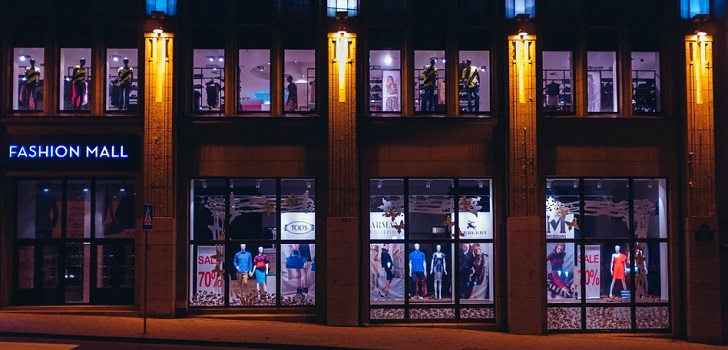Fashion Pact, the new to do list of the fashion giants towards sustainability
After signing with the Ellen McCarthur Foundation, the agreement New Plastics Economy and the CEO Agenda, the sector now adds a new program to its to do list to work towards sustainability.

Never before the industrial sector was so compromised towards sustainability. In less than a year, the retail giants and luxury holdings have signed three similar agreements. Coming from different points of view and with different supporters, fashion giants try to stay ahead with sustainability before the governments or other social issues define the roadmap.
In less than one year, the main leaders of the fashion retailers, luxury holdings and textile industries met in three different agreements. The first one was the global New Plastics Economy, promoted by the Ellen MacArthur and signed by companies like Burberry, L’Oréal, Stella McCartney, H&M or Inditex, next to other industrial groups.
With this agreement, fashion, luxury and cosmetics compromised to eliminate disposable plastic use, to work towards plastic recyclability and to promote its circularity.
Fashion, because of its cultural and social weight, is more exposed to critics than other industries with a much bigger impact
In January, the main representatives of big corporations of the sector met in the World Economic Forum, in Switzerland, to seal the CEO Agenda. The second to do list was led by the Global Fashion Agenda and was signed by groups like Asos, Bestseller, H&M or Li&Fung, and platforms like the Sustainable Apparel Coalition (SAC), amongst others.
In the document, the participants compromised to move towards traceability in its supply chain, to fight climate change, the efficient use of water, energy and chemical products and a healthier work environment.
Now, more than 30 industry giants signed the Fashion Pact, another roadmap to lead the sector to sustainability, led by the president of France, Emmanuel Macron, and the president and CEO of the French luxury holding Kering, François-Henri Pinault.
The French president, Emmanuel Macron, led the Fashion Pact, during the G7 Summit in Biarritz
Macron matched the signing of this pact with the G7 Summit in the French location of Biarritz. The new roadmap signed also by Inditex is based in three pillars: stop climate change, restore biodiversity and protect the oceans.
Inside each of these areas there are different focal points, from zero greenhouse gases emissions in 2050, to protecting ecosystems or eliminating single use plastics. Some of the measures are the responsible extraction of raw materials, eliminate high impact raw materials production and eliminate toxic chemicals of the supply chains.
The giants of the sector lead this change for three reasons: so other social agents don’t refocus their criticism, to lead the new guidelines and to step ahead of the governments before more restrictive legislations start to be operational.
The industry continues to be fearful to hit the spotlight of a NGO’s again
One of the biggest fears of the main actors of the sector is to go back to the spotlight of groups like Greenpeace. With these alliances, industry giants try to base its speech in a sustainable and responsible growth.
Because of the social and cultural weight that fashion has, its more exposed to social criticism than other industries with a bigger and social and environmental impact, even more harmful, like mining, petrochemistry, food and touristic industry. Last March, for example, in the United Nations Environmental Program in Kenia, an alliance was signed to pressure governments in this matter.
With this pacts, big fashion corporations that decide timing and guidelines, so, who determinates the other in terms of sustainability?
With these alliances, big corporations are the ones creating the guidelines and pulling the shot for sustainability
The fashion industry is following the same path that it was created once by sectors of paper of plastics in front of administrations: being on their side now of making norms. The sector forecasts a change in legislation already, maybe not specific for fashion, but still relevant for the supply chains.
Seeing them coming, with these pacts, giants are not only running away from social critics, but its also setting the guidelines for what in the future will be sustainabily in fashion. 2030 and 2050, the fist dates set in the calendar, the sectors and its companies will definitely become more sustainable, but in their own way.


info@themds.com
Validation policy for comments:
MDS does not perform prior verification for the publication of comments. However, to prevent anonymous comments from affecting the rights of third parties without the ability to reply, all comments require a valid email address, which won’t be visible or shared.
Enter your name and email address to be able to comment on this news: once you click on the link you will find within your verification email, your comment will be published.